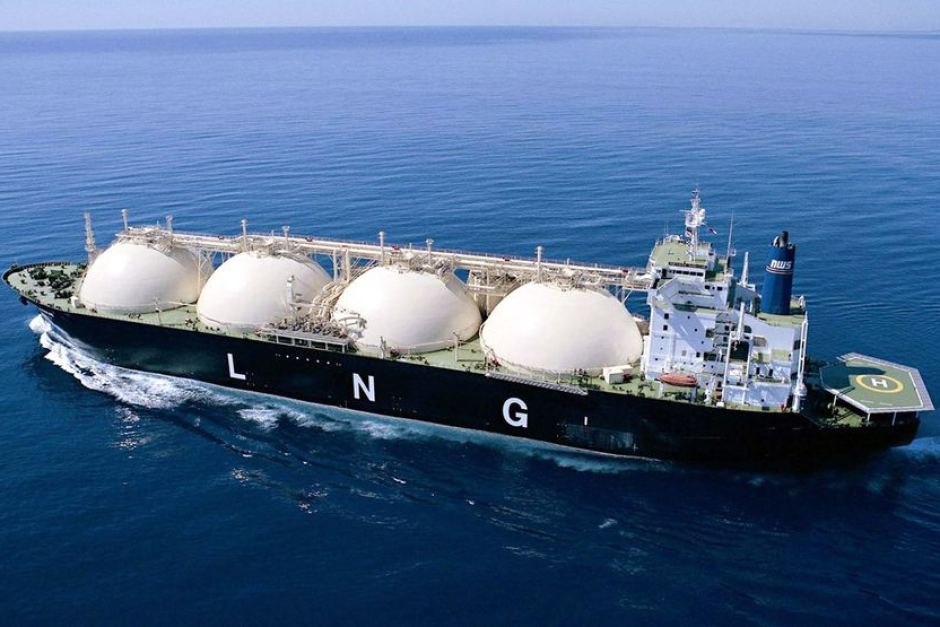The Panama Canal Authority (ACP) took nine years to deliver the expansion project that was once touted as a game-changer to the world trade in liquefied natural gas (LNG).
It was thought when the project was conceived that the expanded canal, capable of allowing the passage of a typical 170,000 cubic metre, long-haul LNG carrier (LNGC), would result in dramatic time and cost savings when sending LNG cargoes from the US to gas-hungry Asia.
But a sea change in the LNG market, partly fuelled by the collapse of oil-linked LNG spot prices since the start of the expansion project in 2007, is challenging the Panama Canal’s relevance to the LNG game, at least through 2017, and delaying any spillover effects on Singapore’s thriving LNG repair business.
Given Singapore’s proximity to large, developing LNG-producing and exporting projects in Australia, the Panama Canal may have limited bearing on the LNG trade in Singapore.
But the take up of the Canal’s LNGC slots could swing the number of LNGCs calling on Singapore and impact Singapore-listed Sembcorp Marine’s position as the world’s leading yard for LNG vessel repair and upgrading projects. These are intricately linked to Singapore’s success as a regional LNG hub.
Japan’s leading shipping group, Mitsui OSK Lines (MOL), said in a Gastech 2015 presentation that “adherence to the traditional dry-docking centres (in Singapore or Malaysia) would entail a lengthy diversion for LNGCs supplying cargoes to North- east Asia and returning to Panama”.
In anticipation of an emerging demand gap in servicing LNGCs back home, Kawasaki Heavy Industries and MES Yura Inc, a wholly-owned subsidiary of Mitsui Engineering & Shipbuilding Co, have entered into a shiprepair joint venture, KHI MES Yura Dock, principally to serve a new generation of LNG ships, MOL said in the same presentation.
The Japanese shipping company also sees China as possibly emerging as a cost-competitive alternative to yards in South-east Asia for the repair and maintenance of LNGCs.
In this respect, the immediate threat of the Panama Canal to Singapore is partly offset in the next two years by what has been projected as a slow take up in shipping US LNG to East Asia via the expanded waterway.
The Panama Canal Authority has set aside one LNGC slot per day for passage through the expanded waterway during a trial period. But ACP has so far confirmed just one slot with an LNGC in July and a news report suggested this could be for a BP ship plying between Trinidad & Tobago and Chile, instead of for US cargoes heading to Asia.
ICIS Heren’s editor of LNG Americas, Ruth Liao, said: “With a decline in (oil-linked) LNG spot prices, there is no arbitrage opportunity to send spot cargoes to Asia from the Atlantic.” She was referring to the arbitrage or price differential between oil-linked LNG prices in Asia and the US-centric Henry-hub LNG benchmark.
An earlier argument was that if transcontinental LNGCs can sail through the Panama Canal, the much shortened voyage would justify shipping the lower cost US LNG to Asia.
Assuming a vessel travels at 18 knots, the journey from the Gulf of Mexico to Tokyo via the Panama Canal would take about 26 days compared to 39 days via Cape Horn at the tip of South America, according to Ms Liao.
But a drastic drop in oil-linked indexed LNG spot prices has wiped out any arbitrage supporting the shipment of US LNG spot cargoes to Asia via the Panama Canal.
Wood Mackenzie’s calculations show the landed cost of US LNG in Japan via the Panama Canal is about US$6.50/mmBtu (per million British thermal unit) based on the spot LNG charter rate of US$35,000 and the terms of Shell’s contracted gas offtake from the Sabine Pass, the first major LNG export terminal to have started operations in the US.
This puts US LNG out of the contest in the current Asian spot market, given Singapore’s price index was reported at just US$4.808/mmBtu on June 13.
WoodMac’s principal analyst of LNG shipping and trade, Andrew Buckland, said: “Until oil prices go up, whilst at the same time gas prices stay low so that the arbitrage between Henry Hub and oil-linked Japanese Crude Cocktail (JCC) benchmark increases, there is little incentive to ship US LNG to Asia.”
JCC is the oil-linked benchmark widely applied to pricing cargoes in Asia’s LNG trade.
But Mr Buckland said there may still be room for buyers committed to long-term contracts with US export LNG projects to take cargoes and of the first three committed Sabine LNG offtakers, at least one may ship its cargo to Asia via the Panama Canal.
He suggested that Shell and GNF, the first two Sabine LNG offtakers, may take in their committed cargoes under their global portfolio. Kogas – the third Sabine LNG buyer – “is expected to take its contracted volumes via the Panama Canal, but with weak domestic demand, they may look to divert volumes elsewhere”.
WoodMac’s view is that the “Panama Canal has missed the boat where sending LNG to Asia is concerned, at least for 2016-2017”.
For now, SembMarine seems to have headed off the immediate risk of ceding its No 1 spot as the choice yard for LNG repair and maintenance.
MOL said in an email to BT that it has no plans to modify any further existing LNGCs in its fleet for sailings through the expanded Panama Canal. The shipping group has eight newbuild LNGCs that will be delivered from 2017 to transport LNG from shale gas projects in the US to Asia.
Source: The Business Times
